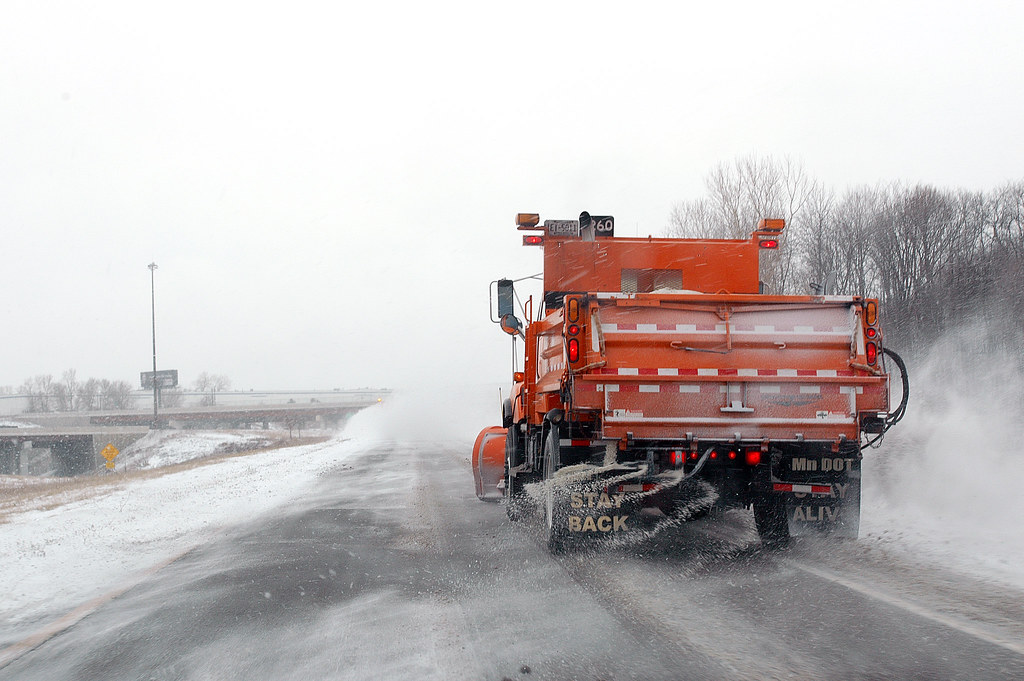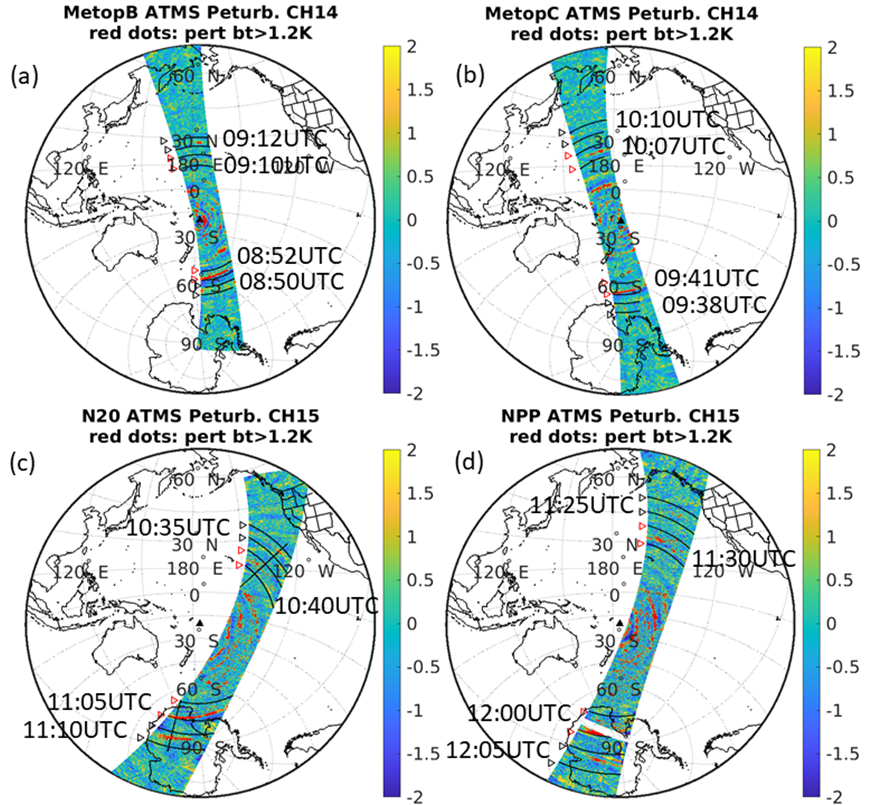
Machine Learning-Based Estimation of Tropical Cyclone Intensity from Advanced Technology Microwave Sounder Using a U-Net Algorithm
ESSIC/CISESS scientists Yong-Keun Lee and Christopher Grassotti are co-authors on a new paper in Remote Sensing led by first author Zichao Liang, a student who interned with the MiRS team during the summer of 2023. NOAA scientists Lin Lin and Quanhua Liu also co-authored the paper. The paper, titled “Machine Learning-Based Estimation of Tropical Cyclone Intensity from Advanced Technology Microwave Sounder Using a U-Net Algorithm”, assesses the use of the U-Net model to estimate surface wind speed and surface pressure over pure ocean conditions.








